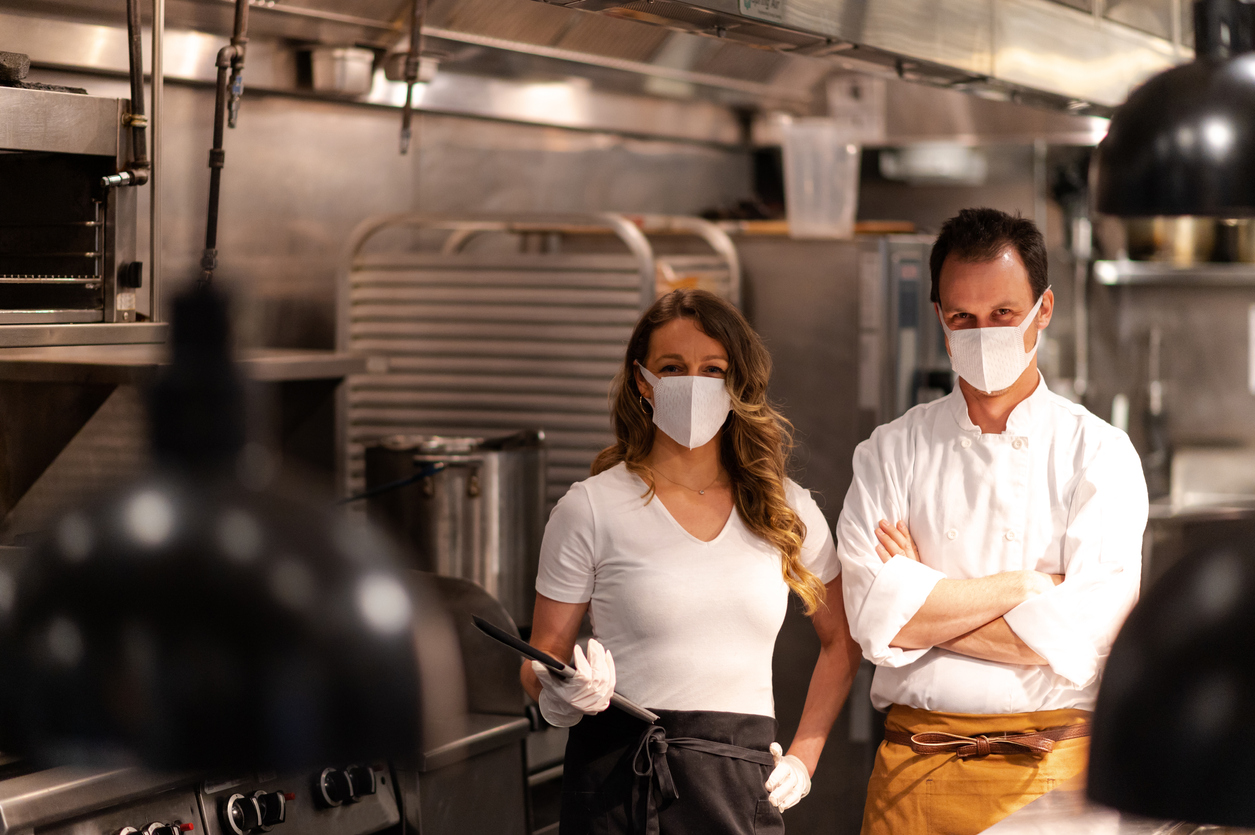In the world of restaurant consulting, it seems like I get asked one question everywhere I go: How can I turn my failing restaurant business around?
What my clients don’t want to hear is often my first response: You don’t.”
Ouch. The reason that’s my first response is that turning a failing business around is an extremely expensive, time-consuming and emotionally trying process – and that’s assuming you do everything the right way. I will also tell you that, more times than not, I advise clients and prospective clients to lick their wounds and get out; it’s not worth it. Nobody wants to hear that, but the fact remains; the success rate on turnarounds is extremely low.
But if I decide to bite my tongue rather than responding with this bleak information, the first question I generally ask is, “Do you even know why your business is failing in the first place?”
The common response? “We’re not doing enough marketing.”
This is rarely, if ever, the actual reason. Most often it’s a combination of a few different things, but knowing what they are will have an impact on your turnaround strategy. Ultimately, recognizing your businesses’ biggest challenges and all the factors affecting each of them will give you a sense of whether it’s possible to bring your restaurant back to life – and if so, when you can expect to see some positive results.
Why Restaurants Fail
Restaurants fail for a number of reasons, from new competition in both full- and quick- service restaurants to changing demographics to rising costs of food and labor. Sometimes, failing can be chalked up to something as simple as your concept being old and tired.
In my experience, however, restaurants fail because they’re unable to execute their concept at a high level, day in and day out.
When you first opened your doors, chances are everyone was excited and motivated to ensure a great guest experience. As is often the case, you may have contributed a significant amount of time, focus and resources when you first opened because you wanted to ensure a successful launch. Fast forward a few months or years, and you might see problems arise once the “honeymoon period” is over. As everyone settles into a more comfortable mode of operating, there can be an unintentional loss of focus. And as time goes on, that focus begins to wane even more. As a result, the quality of execution deteriorates, and the guest experience suffers —that’s when you start to see dwindling guest counts.
This lack of execution results in a slow deterioration of everything from speed and quality of service to food and beverage consistency, facility management and employee engagement.
In addition to losing focus, you might see declining guest counts because you no longer have the capital needed to get you through these early stages of growth. What typically happens when the operating funds fall short is a search for ways to cut costs. More times than not this results in labor cutting, recipe changes and other cost-cutting measures that negatively impact the guest experience, which in turn will erode the business.
All that said, if you hope to turn things around, you can expect you will need a significant infusion of time and money to restore your business to its glory days. Improvements in staffing, repair and maintenance, supplies and, ultimately, marketing will probably be needed.
And once you have everything in place and are executing at the highest level, it could take up to a year or longer to reap the benefits. Even if the whole world is talking about your food, your service, and your ambiance, it takes a while before people will actually make it into your restaurant to try it out.
Case in Point
A good case study is a restaurant project I worked on recently. It opened about six years ago and was an immediate success. Annual sales were about $2.5 million, which is very good for a small restaurant in a C location. However, over the next four to five years, leadership changed and the emphasis shifted from focusing on the guest to reducing costs, specifically labor. This created a change in the execution that led to a “hit or miss” experience for both new and loyal guests.
Needless to say, sales trended down, which is usually the case when customers have plenty of other options. Sales dipped double-digit percentages over that span of time, and when I got the SOS call, annual sales were around $1 million, down about 140 percent, while losing over $100,000 a year in profit.
So Now What?
In this example, I eventually had to inform ownership it was going to be a long, expensive road to bring their restaurant back, but it could be done. I had a good understanding of why is was successful in the beginning and had the strategy in place to get us back there. Most importantly, the owner had the financial resources to make the commitment to stick with the business for the long haul. Unfortunately, in my experience, this situation was the exception and not the rule.
Knowing we had the resources to tackle our strategy, first, I knew we needed to make an entire cultural shift and send a message to both the employees and guests that we will be doing things differently – and, more importantly, that we were committed to change.
Over the past several years, they ground their labor to the bone, while spending a ton of money on marketing. So the first change we made was to staff the restaurant hoping we would be busy, as opposed to praying we’d be slow. Labor has to be seen as an investment, not an expense, especially when you’re trying to win people back.
The next thing we did was temporarily eliminate marketing. The idea that marketing solves sales problems is inherently false. The fact is, if you don’t have the restaurant executing at its highest level, increased marketing will have the reverse effect. New guests that have a poor or mediocre experience will actually accelerate the downturn. It just makes no sense to bring in new guests before you’re confident you can deliver an exceptional dining experience.
Next came the food (it’s a restaurant, after all). We had to make sure recipes existed, that they were up to date and that they were actually being followed. It helped that the food, when made properly, was very good.
After that we started enhancing the facility. This included some detailed cleaning, a few repairs, some painting and reconfiguration of the host stand. It really didn’t take a lot to make it look good.
Our final step was to rally the troops, train them on the changes and then let them know that excellence in product and execution is the only standard we would accept. You have to be very creative in communicating the standards you seek, but you can never waver. Then it was all about holding everyone accountable.
By this point, most of the staff were on board, and those who weren’t moved on. So, after quite a bit of effort, the place looked great, the food was awesome and the service was nothing short of exceptional.
Of course now actually comes the hardest part of process: Executing those standards on a daily basis is how you actually save a dying brand. You can make mistakes on occasion, but those mistakes have to feel like an anomaly.
Oh, and then there’s patience. You have to be patient. As mentioned earlier, it takes time for word to travel that things have changed. The perception of time is much different when you’re monitoring the results every day, as opposed to the average consumer, who may say they’re coming to see you, but it might take six months to a year for them to actually show up. For this particular restaurant, they started significant improvement in the first six months after the relaunch.
To sum it all up, you absolutely can turn around a failing restaurant. However, it takes time, money, a solid strategy and most importantly, commitment from EVERYONE involved.
If you want to learn more, contact me at penn@pennulitmateconsulting.com






